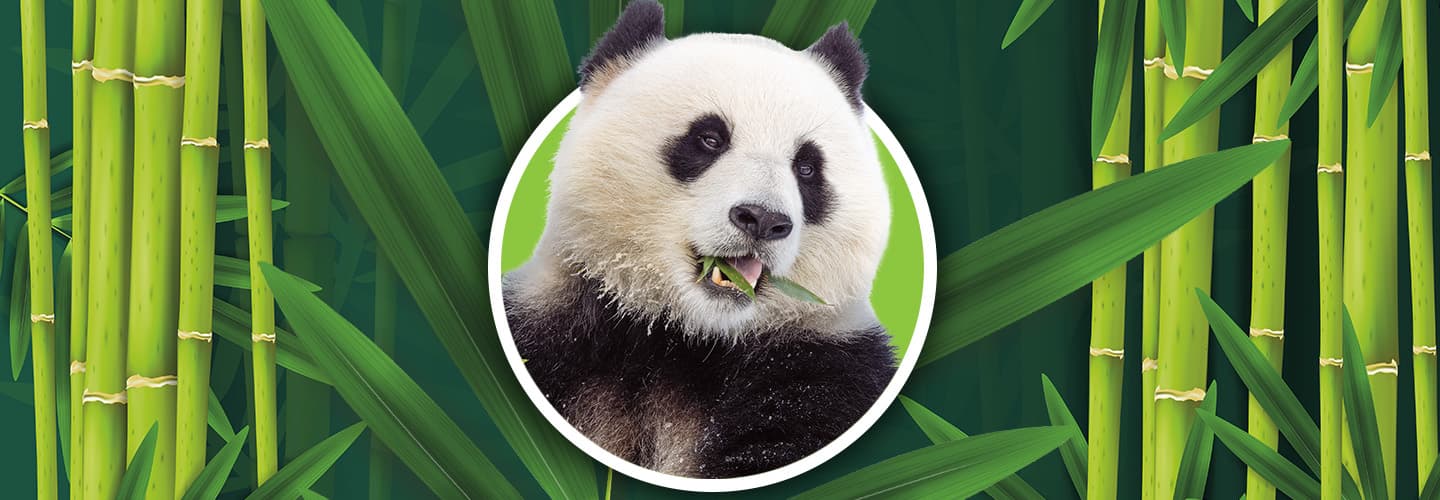Bao Li (BOW lee), a male, and Qing Bao (ching BOW), a female, arrived at the National Zoo on October 15. A pair of pandas at the San Diego Zoo in California are the only other giant pandas in the U.S.
All four animals are on loan from China, the only country where pandas live in the wild. For decades, the Chinese government’s “panda diplomacy” program has lent its bears to zoos in other nations as a sign of friendship. In exchange for hosting Bao Li and Qing Bao, the National Zoo will pay a yearly fee of $1 million to China.
Bao Li (BOW lee) and Qing Bao (ching BOW) arrived at the National Zoo on October 15. Bao Li is male, and Qing Bao is female. There are only two other giant pandas in the U.S. Those are at the San Diego Zoo in California.
All four animals are on loan from China. That’s the only country where pandas live in the wild. For decades, the Chinese government has had a “panda diplomacy” program. The program lends pandas to zoos in other nations as a sign of friendship. In exchange for hosting Bao Li and Qing Bao, the National Zoo will pay China a yearly fee of $1 million.

